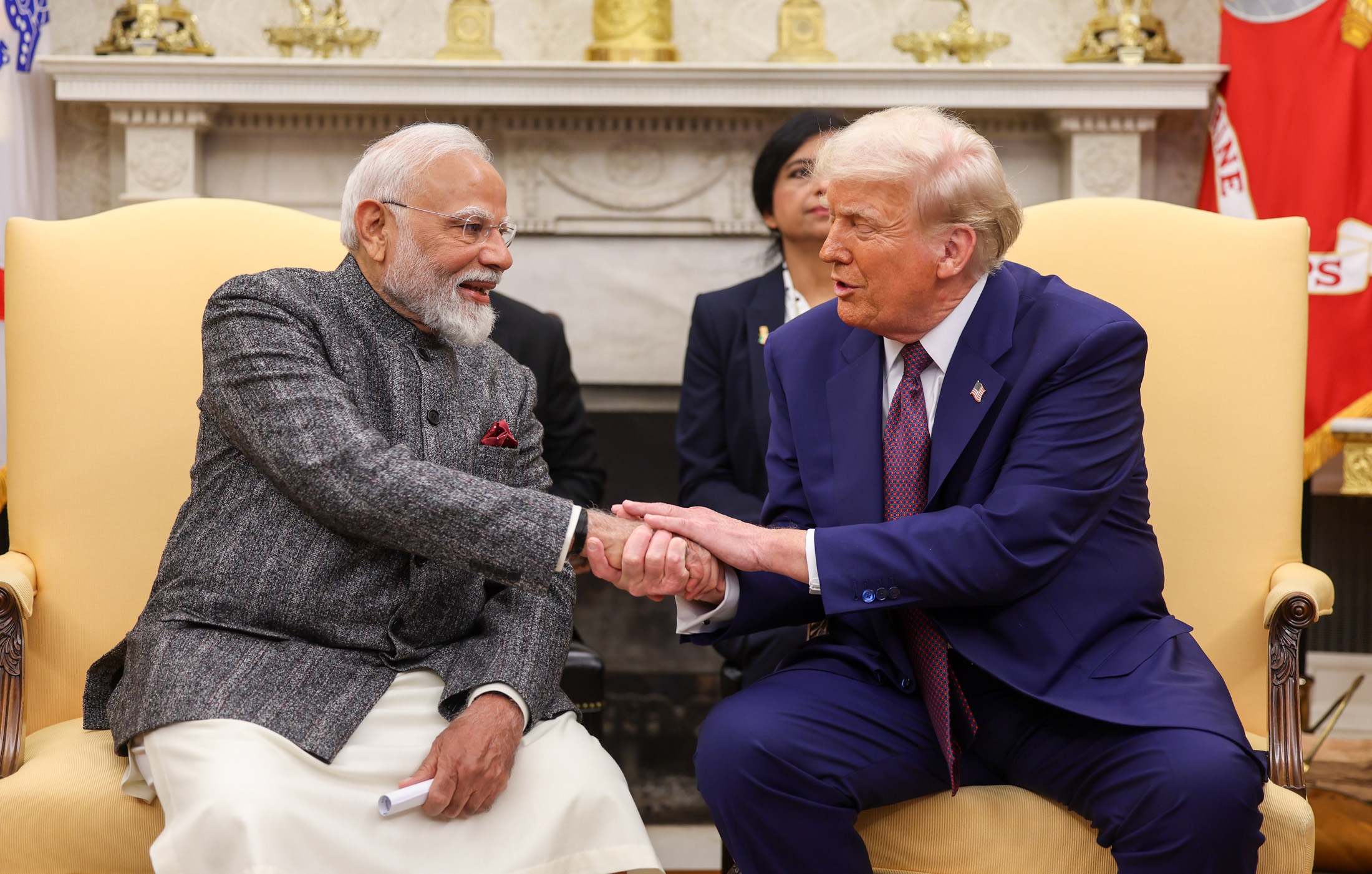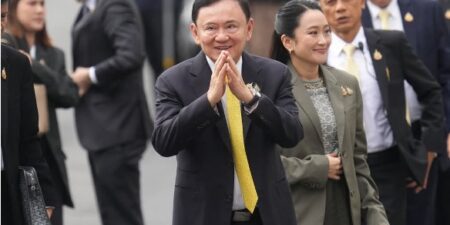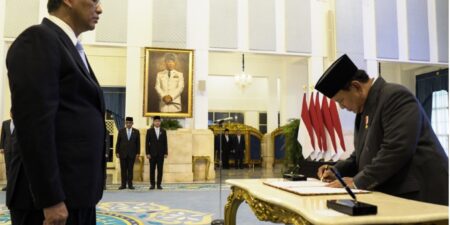
Modi Visit Seals Continuity of Strategic India-US Partnership Amid Tough Trade Negotiations

Insights & News


Nepal’s Interim Government Charts New Path Forward After Deadly Protests
BGA Nepal Senior Adviser Sujeev Shakya wrote an update to clients about the recent protests …

Thailand’s Thaksin Jailed as Establishment Tightens Grip
BGA Senior Adviser Thitinan Pongsudhirak wrote an update to clients on the imprisonment of former …

Prabowo’s First Major Reshuffle Removes Finance Minister Sri Mulyani
The BGA Indonesia team, led by Managing Director Douglas Ramage, wrote an update on Indonesia’s …
At BowerGroupAsia, we are committed to
delivering result-oriented solutions for our clients
We have proven track record of helping the world’s top companies seize opportunities and manage challenges across the dynamic Indo-Pacific region.




















